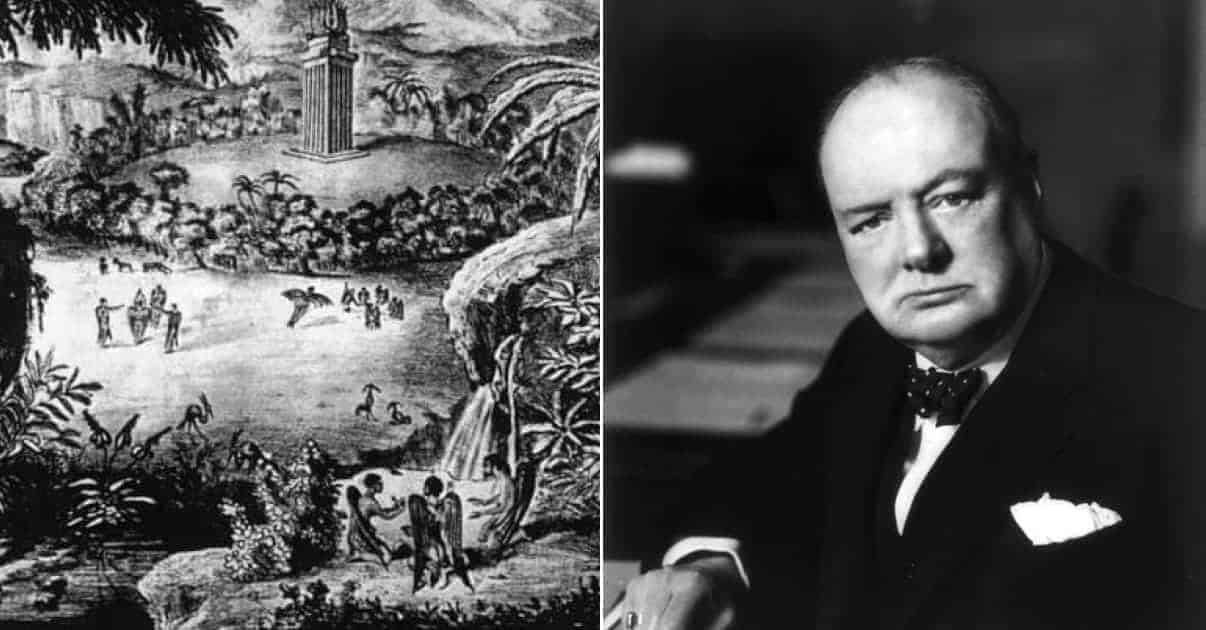The term fake news is very much in vogue although ill defined. What exactly is meant by the term varies with the user. Sometimes it refers to a hoax, sometimes it refers to what the user contends is a non-issue, and sometimes it is simply the denial of a truth. Whichever of these it means to convey, fake news is not in and of itself something new to the American lifestyle. It has been around since the earliest days of the American experience. All that is new is the speed of its proliferation due to social media. Once falsehoods took weeks, months, or even years to spread, now they move in seconds, gaining credibility through repetition.
The inclination prevalent today is to believe whatever confirms preformed opinion, and to seek out information which provides that confirmation, rather than to form an hypothesis to be proven or disproven through the acquisition of facts. Any belief, no matter how bizarre or misinformed, can be readily supported by media which present false information in the form of fake news. There are many examples of similar misleading of the people throughout history, including the yellow journalism of the Gilded Age, which led the country into war with Spain. Propaganda too has been in the past a form of fake news, creating false beliefs to support false claims.

Here are ten examples of fake news and their impact on history.

Remember the Maine
During the Cuban Revolution in late 1897 the USS Maine, one of the United States Navy’s newest and most modern warships, was sent to Havana as a show of strength and to protect American interests in Cuba. In February the ship exploded and sank in Havana Harbor, with heavy loss of life. Although there was little evidence of hostile action by Spain leading to the destruction of the Maine, and even less motive for the Spanish to open hostilities against the United States, public opinion in America was soon calling for war against Spain.
William Hearst and Joseph Pulitzer were competing owners of the New York Journal and New York based The World respectively. Both newspapers had devoted extensive coverage to the Cuban Revolution and what they reported as Spanish atrocities as it went on. The Journal reported Spanish officials conducted strip searches of American women on steamships entering Havana Harbor, searching for messages directed towards Cuban rebel leaders. The article was supported with a picture drawn by Frederic Remington of a nude woman being probed by three male Spanish authorities. There was no evidence of such searches occurring, and the outrage generated by the pictures was not limited to their readers in New York.
A sunken battleship in the harbor was a different matter entirely. Photographs of the Maine’s masts rising above the water clearly proved the ship had sunk in the harbor while lying at anchor. Both Pulitzer and Hearst ran banner headlines claiming the Maine had been sunk by a mine or a torpedo placed or fired by Spain. A preliminary investigation by a Naval Board declared the cause of the explosion was likely a mine, and the competing newspapers provided “evidence” in the form of false interviews of non-existent witnesses and survivors of the ship.
In truth the Maine was most likely sunk by a fire in one or more of the bunkers in which it carried the bituminous coal used to heat its boilers. Such information was neither available nor desirable at the time due to the demands of the business interests which wanted Spain out of Cuba and the politicians who represented their interests in Washington. Even Pulitzer agreed that Spain had nothing to do with the sinking, although privately, as his newspaper ran daily coverage blaming Spain for the explosion.
The fake news story of Spain deliberately sinking the USS Maine added to the growing pressure for the United States to act against Spain, which it did in a ten week long conflict known as the Spanish-American War. It was not the first, nor the last time that stories known to be false were used to create or shape public opinion.

